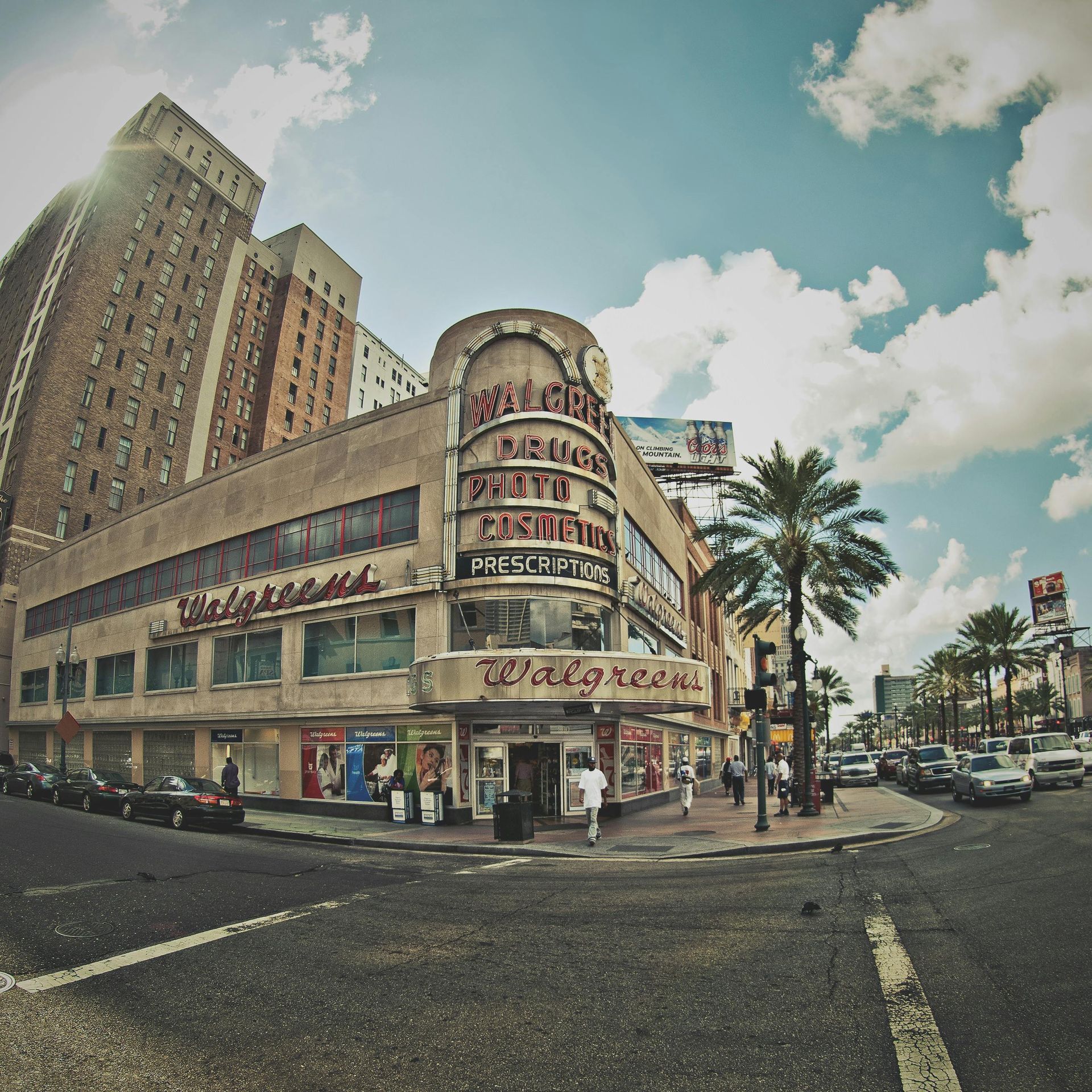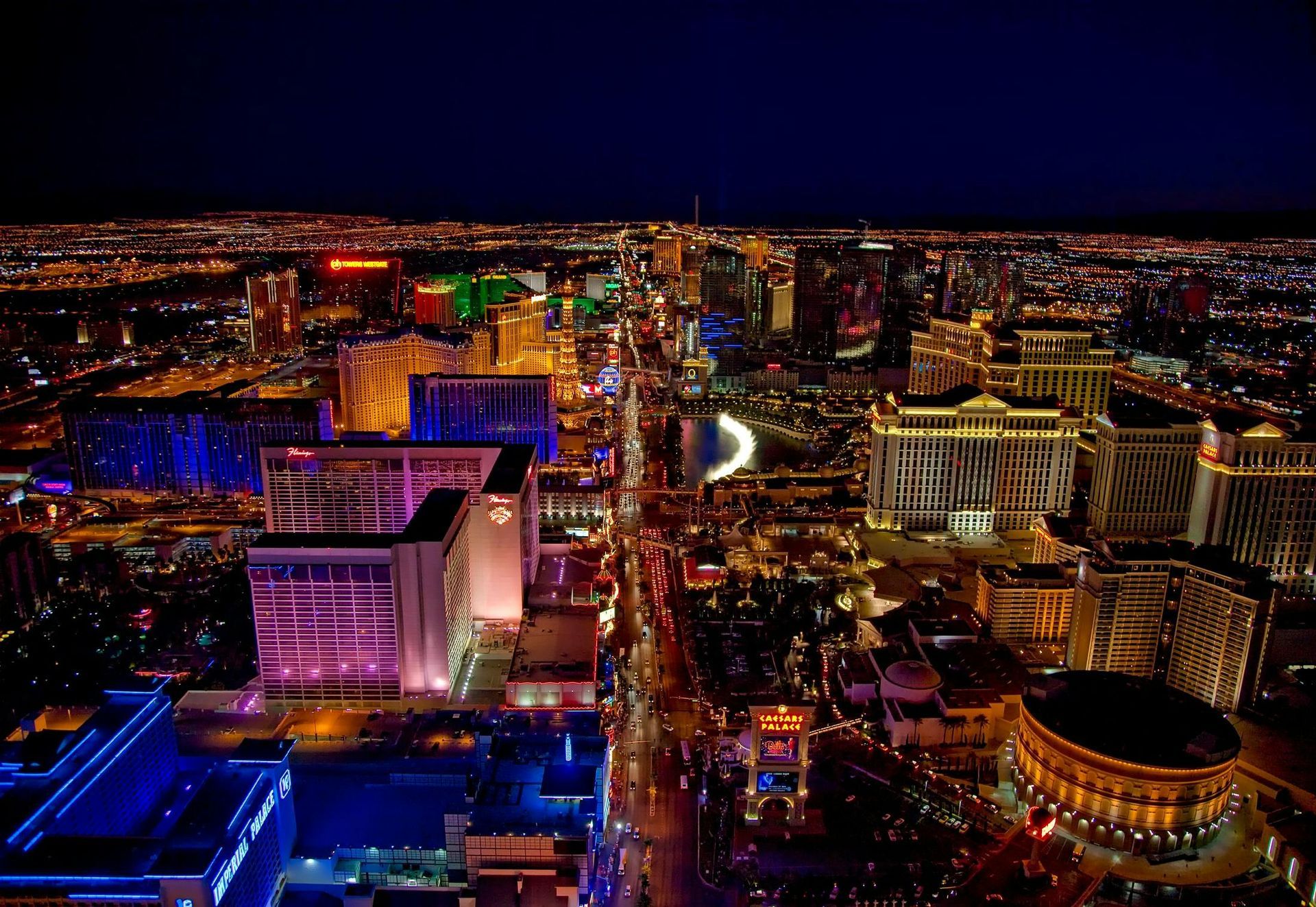Much like many Irish cities, Galway is a destination known for its culture, history, and natural beauty. When it comes to deciding on the 10 best things to do in Galway, visitors will have a huge variety of options on their hands.
With that in mind, we have compiled the following list of what we feel are the absolute 10 best things to do during your stay in the city. So, if you want to make sure you fill out your Galway itinerary with the very best sights and attractions on offer, this is the article for you.
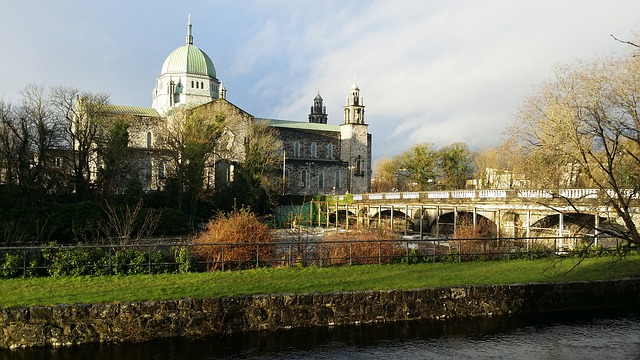
Galway At A Glance
Galway is the fourth most populous city in the Republic Of Ireland and sixth most in Ireland as a whole. Established in the early 13th century, the city was settled by the Tribes Of Galway, around the remains of an early 12th century fort.
Galway is well-known as a city with strong links to the arts. It hosts numerous celebrations, festivals, and events throughout the year, covering disciplines including dance, film, literature, music, and theatre. The most popular is the world famous Galway Arts Festival.
Its rich combination of history and culture have helped Galway claim numerous accolades in recent years, including European Capital Of Culture and the European Region Of Gastronomy.
Located roughly in the middle of the western coast of Ireland, Galway is a popular Irish road trip stop. Those on road trips around Ireland can stop and enjoy the culture and history, while taking in some of the most stunning ocean vistas present anywhere in the country.
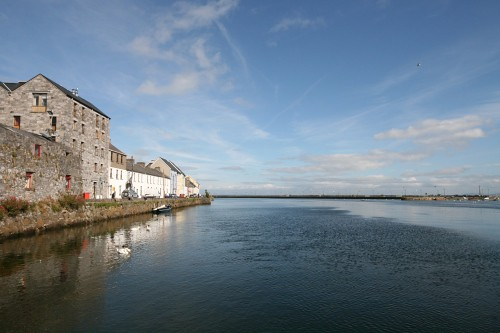
Best Time To Visit Galway
The best time to visit Galway is from mid-May to the end of July. While mid-May to the end of September is the warm season in Galway, the city suffers from an issue that effects most of Ireland, that being excessive rainfall.
The period from mid-May to the end of July is the period that covers both the warmest and driest stretches that the city sees each year. This makes it the perfect time for tourists to come and see the sights, without constantly worrying about staying warm or dry.
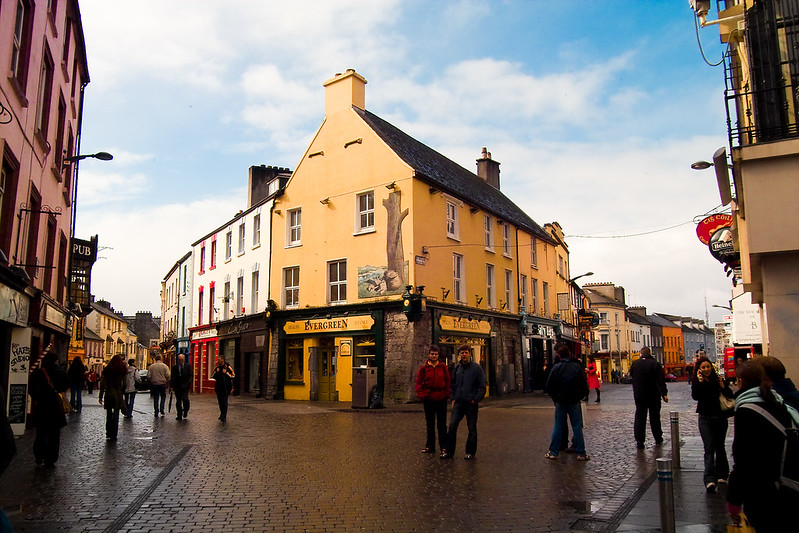
Best Things To Do In Galway
As we move to our list of the 10 best things to do in Galway, I am going to suggest a broad range of options. These will include things to appeal to travellers of all different interests, while ensuring you have something to cover everything that Galway is known for.
Take In The Beauty Of Galway Cathedral
Officially known as the Cathedral Of Our Lady Assumed Into Heaven And St Nicholas, Galway Cathedral was built between 1958 and 1965. This makes it the most recent great stone cathedral to be built anywhere in Europe.
Despite its age, its Renaissance architecture, which includes towering pillars and an emerald dome, is in keeping with the more traditional Cathedrals found throughout Ireland.
Features like its rose windows, mosaics, and varying pieces of Christian art throughout the church combine with the façade to make Galway Cathedral an incredible sight to see, both inside and out.
Located on the site of the old city prison, Galway Cathedral dominates the city’s skyline. While not as historic as many of the other cathedrals throughout the country, it is still unquestionably among the most prominent and popular attractions Galway has to offer.
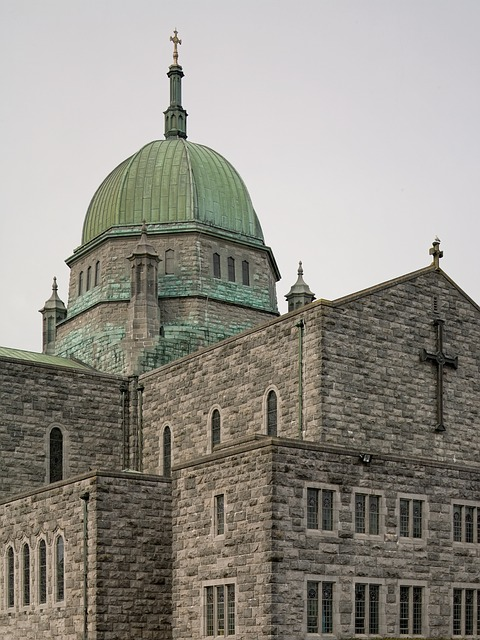
Pay A Visit To Oranmore Castle
Oranmore Castle is a four-storey, rectangular towerhouse style castle, which was historically home to the Clanricardes, a prominent family in Galway through the centuries.
Among its most notable features are embrasures and a square staircase turret, both of which served as the castle’s defences.
While the exact details of the castle’s construction are unknown, it is believed to have been built between the 14th and 15th centuries, on the site of an older castle.
Used as a stronghold during the Confederate Ireland rebellion of the mid-17th century, it was eventually abandoned in 1853 and left to the elements. After falling into disrepair and remaining empty for almost a century, it was purchased for just £200 in 1947.
After renovations including a reroofing were completed, it was converted into a private residence and has been the home of the family of popular Irish folk musician Alec Finn ever since.
While not a public building, Oranmore Castle hosts numerous public viewings and frequent tours throughout the summer months.
Even if you happen to be visiting out of viewing season, Oranmore Castle is still a wonderful destination for anyone interested in the history of Galway.
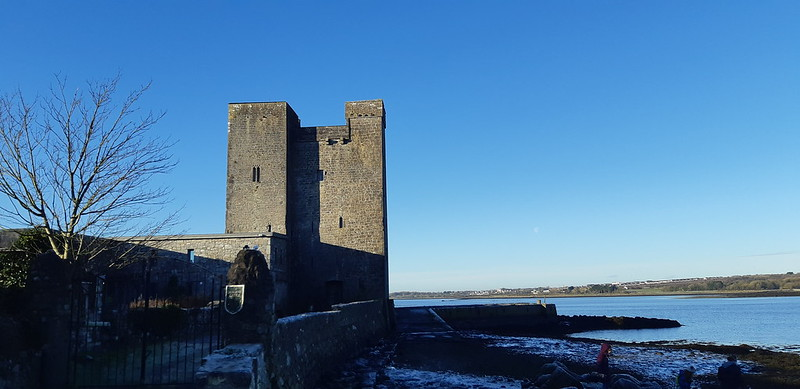
See The Merging Of Urban And Country Life At Menlo Castle
Also known as Blake Castle, Menlo Castle is a ruined 16th century castle that sits on the banks of the Corrib River. It is located to the north of the city of Galway, on the outskirts of Menlo village.
Built as part of an expansion to an already existing tower house, the architecture of Menlo Castle offers a very unique aesthetic.
The tower house blends seamlessly with a four storey block and a turreted structure, displaying both the domestic and fortified trends of the times.
Having been abandoned since a fire demolished part of Menlo Castle in 1910, much of the structure has been completely covered in ivy. This paints a beautiful, dramatic picture of how nature can take things back when not interfered with by man.
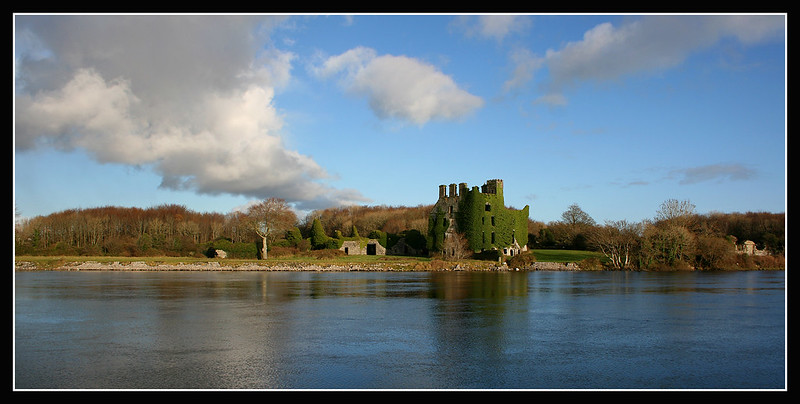
Visit One Of The Oldest Parts Of The City At The Spanish Arch
Galway was founded in the late 12th and early 13th century by the Tribes Of Galway, on the site of an old fort. Not long after, in 1270, walls began to be erected around the city, to protect Galway from outside invaders.
When the city was expanded to allow its quays to be extended, two arches were created in the wall, to allow easy access between the city and the quays. Originally known as the Eyre Arch, it remains a point of some debate when they were renamed the Spanish Arch.
Through the centuries, the majority of the city walls have either fallen or been removed, including a significant amount which were damaged during a tsunami in 1755.
As one of the most attractive and last remaining sections of the wall, the Spanish Arch is simply a must see attraction for anyone interested in the founding of Galway as a walled city.
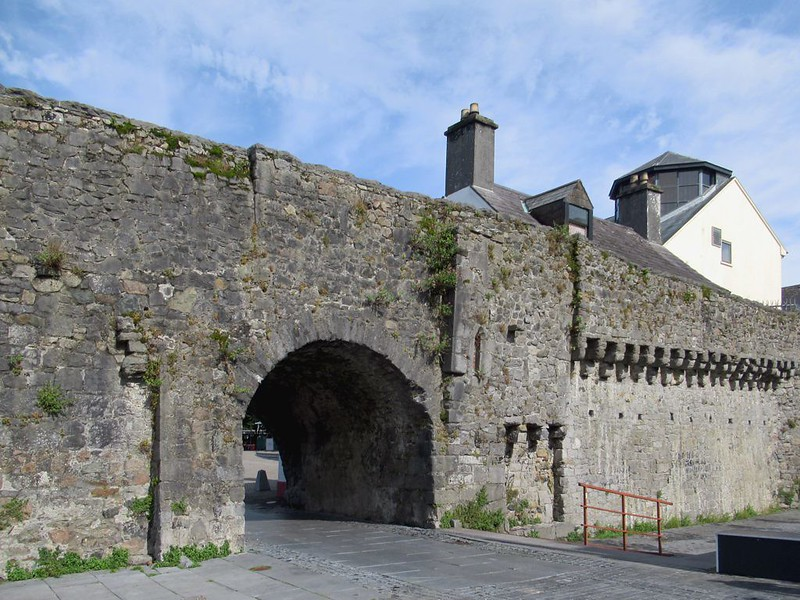
Be Amazed By The Exhibits Of The Galway City Museum
Originally founded in 1976, Galway City Museum was located in part of the Spanish Arch known as Comerford House. Due to delicate nature of the arch, the museum was eventually moved to its current location, adjacent to the old site, in 2006.
Sat on the banks of the River Corrib, the museum is dedicated to the history of Galway from the middle ages to present day.
Among its exhibits and displays, you can find pieces covering topics like archaeology, art, folklore, geology, and industrial, natural, political, and social histories.
A combination of permanent and temporary collections features more than 1,000 different artefacts between them. This makes it an ideal stop for those seeking more insight on the evolution of the city of Galway and the surrounding area through the centuries.
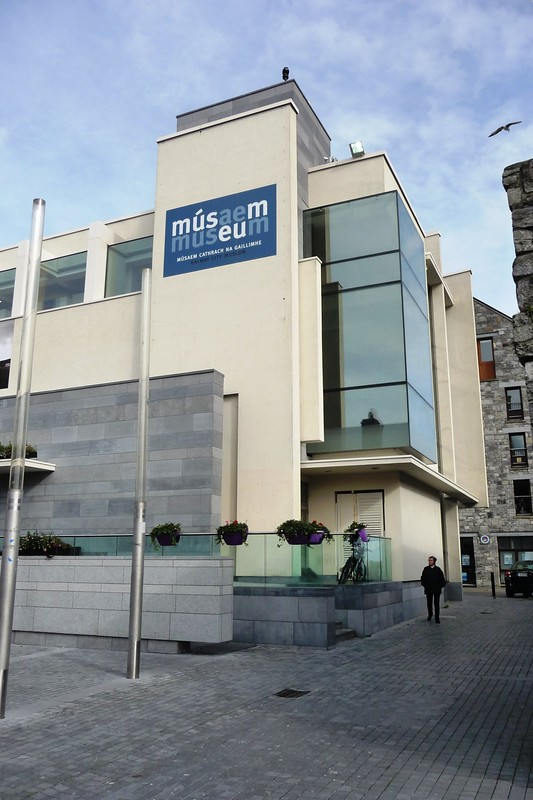
Hang Out In Eyre Square
Named after Edward Eyre, Mayor Of Galway in the early 18th century, Eyre Square is a public park and square that functions as the heart of the city.
It is surrounded by many of the main streets in the city and adjacent to both Galway Railway Station and the city’s main shopping district.
It boasts prominent features including The Browne Doorway and Quincentennial Fountain, as well as various flags and other art installations.
Combined with ample seating and nearby cafes and restaurants, Eyre Square is a popular place for tourists to relax and take in the city.
Throughout the year, Eyre Square hosts a number of different events, including the immensely popular Galway Christmas Market.
While you can never be sure what will be taking place in Eyre Square when you arrive, you can guarantee there will be something to make it worth a visit.
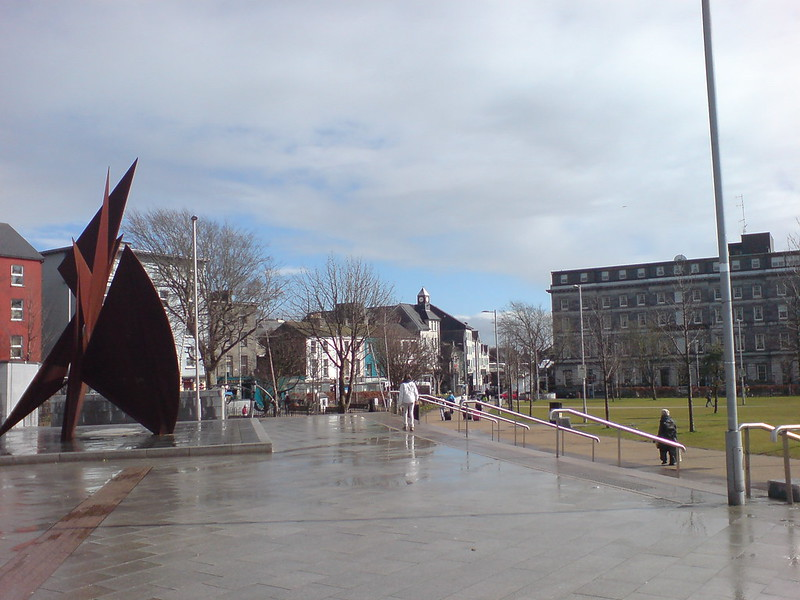
Peer Through The Lynch Memorial Window Into Galway’s Darker Past
The Lynch Memorial Window is a replica of the wall of a 15th century house, which was owned at the time by Galway’s mayor, James Lynch FitzStephen.
According to a local legend, in 1493 the mayor’s son admitted to murdering a Spanish man who had been living with the family.
Upon hearing this admission of guilt, the mayor preceded to hang his son from the window at the top of the house until he was dead. This is where the term lynching, another way of saying hanging, originated from, due to the middle name of the mayor.
Due to the popularity of the legend and how it endured through the years, the replica wall was constructed when the rest of the house fell into disrepair, so tourists would continue to visit the infamous site.
It is believed that the recreation even features the window from the original building.
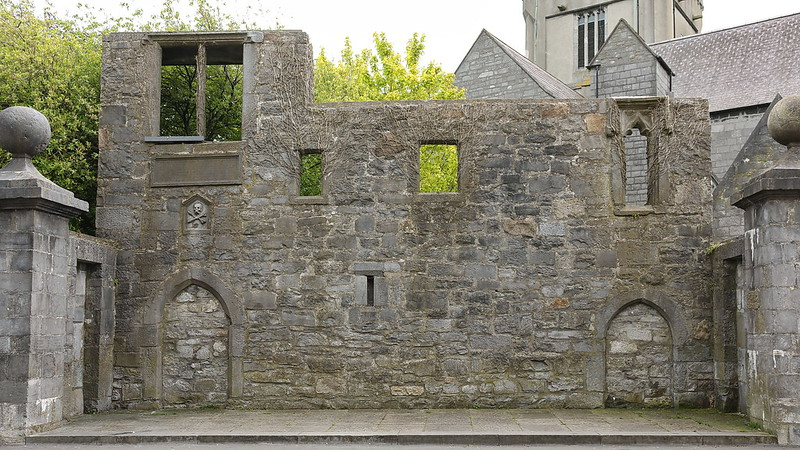
Meet The Local Wildlife At Galway Atlantaquaria, National Aquarium of Ireland
Galway Atlantaquaria is the National Aquarium of Ireland and boasts the largest collection of native species of sea life anywhere in the country.
It is located right on the shore of the Atlantic Ocean, allowing you to see the inhabitants just a stone’s throw from their natural habitat.
Primarily designed to aid the conservation of the species housed here, it also educates people on them and raises awareness of issues like the endangerment of species and the state of the oceans.
The Galway Atlantaquaria hosts numerous educational exhibits and activities on a regular basis, such as fish feeding sessions and pools where you can actually touch some of the animals.
This helps to make the aquarium a fun place for visitors of all ages to learn about the ocean and local sea life.
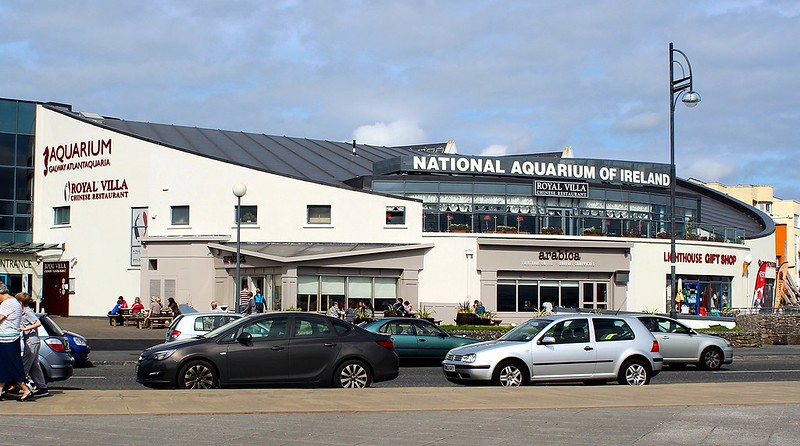
Take A Walk Along The Galway Sea Front
While taking a stroll along the sea front is a popular pastime in any seaside town or village, it is an especially entertaining option here. This is because Galway is part of the Wild Atlantic Way.
The Wild Atlantic Way is a 2,500 kilometre (1,553 mile) tourism trail, which runs from County Cork to County Donegal.
Along the route, there are 1,000 attractions, 157 discovery points, and more than 2,500 different attractions, making it among the most popular tourist destinations in Ireland.
The Galway city section of the Wild Atlantic Way runs through the Salthill Promenade, which is filled with bars, cafes, casinos, restaurants, and shops.
There is also the unique attraction of Blackrock Point – Kick The Wall. This is a place where people kick a wall at a point denoted by a plaque in the hopes of bringing good luck.
When you combine things like this with beautiful ocean vistas and the sights and sounds of the seaside, a walk along the Galway sea front is an enjoyable activity, whether you are looking to relax, be entertained, or a bit of both.
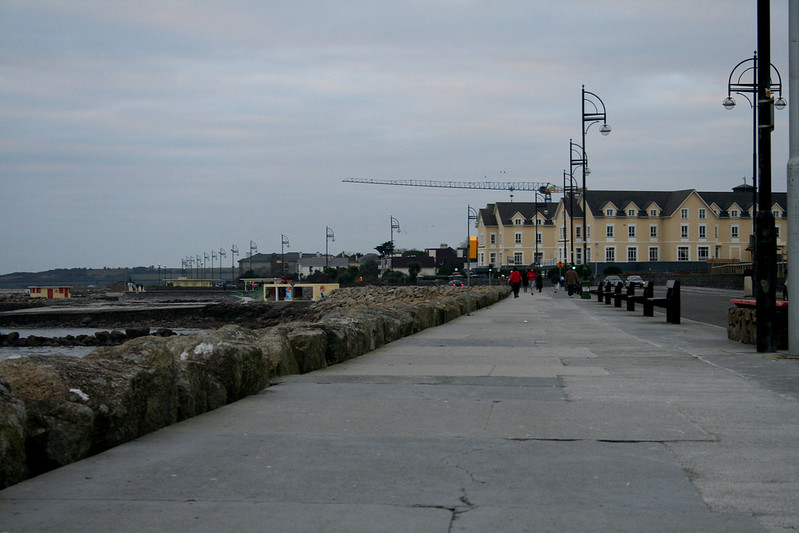
Uncover Local History At The Hall Of The Red Earl
The Hall Of The Red Earl is an archaeological site that gives visitors the opportunity to explore the oldest excavated building within the Galway city walls.
Built in the 13th century, during the Medieval period, it is believed to have been the first municipal building in Galway. It was used for a broad range of purposes, which ranged from collecting taxes and dispensing justice to hosting banquets and prestigious events.
However, around the 16th century, the Hall Of The Red Earl was abandoned and fell into disrepair, before eventually being built over.
After remaining hidden for hundreds of years, it was rediscovered in 1997, by archaeologists involved in extending the neighbouring building. Despite being lost for so many years, the site was easily identified by the famous 1651 Pictorial Map Of Galway City.
The hall also still housed countless artefacts from its time in operation. After being extensively explored, the artefacts were preserved beneath glass coverings and it was opened to the public, allowing visitors to experience the site and its contents for themselves.
With guides on hand to help explain to visitors exactly what they are seeing, the Hall Of The Red Earl has quickly established itself as one of the most popular tourist attractions in Galway and is an absolute must visit location for anyone interested in the history of the city.

Best Hotel To Stay At In Galway – The House Hotel
The House Hotel is a beautiful, 4-star hotel, set in a historic stone building in Galway’s Latin Quarter.
The elegant façade is perfectly balanced with interiors designed in an Art Deco style, while the hotel is surrounded by historic locations and a wide range of amenities for optimum convenience.
Each of the rooms features luxurious furniture and décor, as well as soundproofed windows, to ensure a peaceful night’s sleep. They also contain modern amenities like air-conditioning, Wi-Fi, a flat screen satellite TV, and a laptop safe.
The property boasts a range of dining options, including a gourmet restaurant and The Yard Kitchen & Bar, where guests can enjoy meals, snacks, drinks, and a range of cocktails.
Those seeking to spend more time in their room can also enjoy all of the dining options delivered as room service.
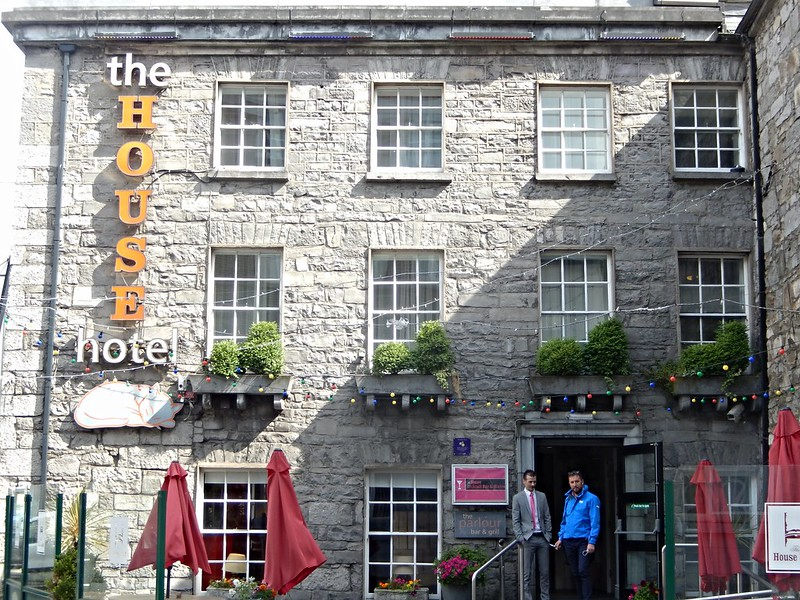
Conclusion
So, there you have it, our list of the 10 best things to do in Galway. Hopefully, this will have given you plenty of options to completely fill out your Galway itinerary and ensure you have an exciting, enjoyable experience, from start to finish.
All that’s left is to start getting everything booked, from your hotel to the attractions and excursions you want to enjoy. That way, you won’t risk missing out on seeing or doing anything you want during your stay in the historic Irish city of Galway.
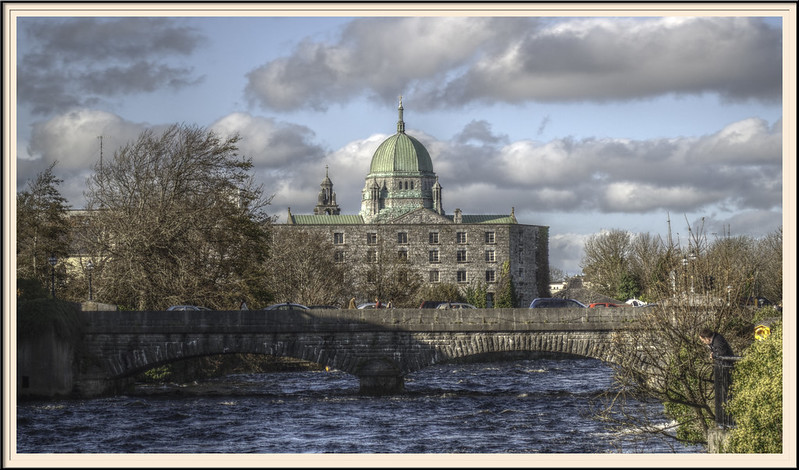
Recent Posts
Subscribe to get exclusive updates
Contact Us
We will get back to you as soon as possible.
Please try again later.
All Rights Reserved | by The Open Road Travel
